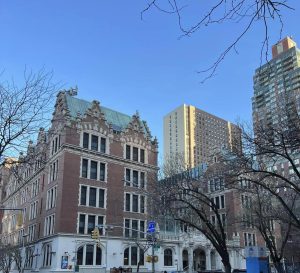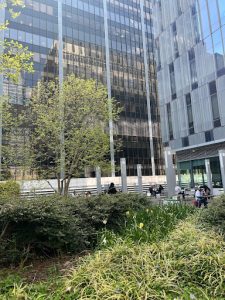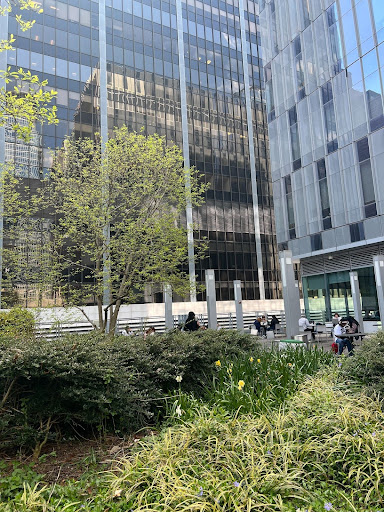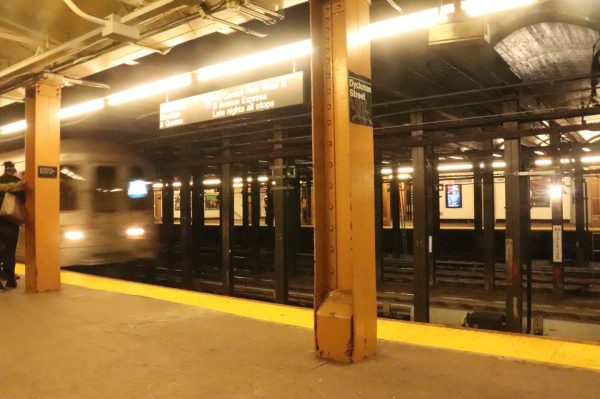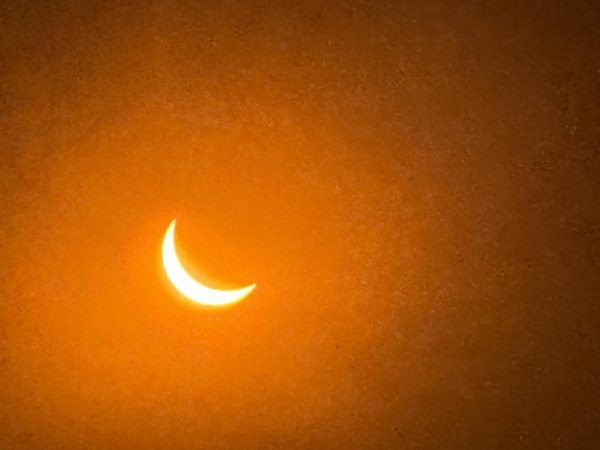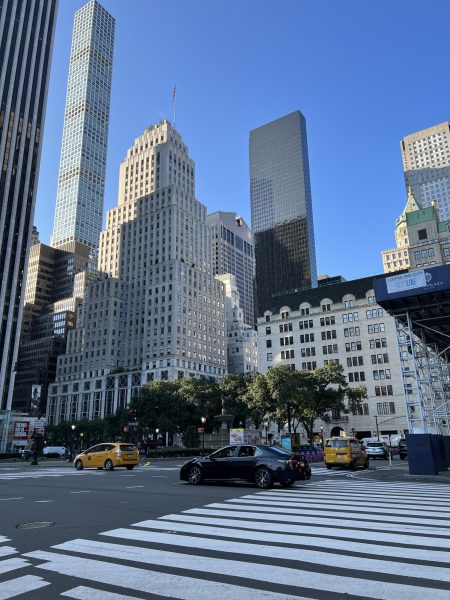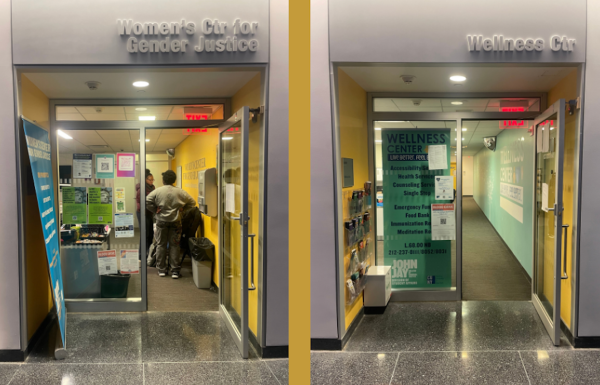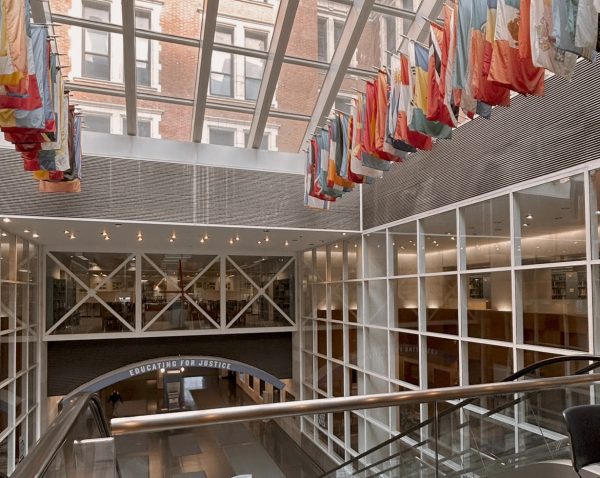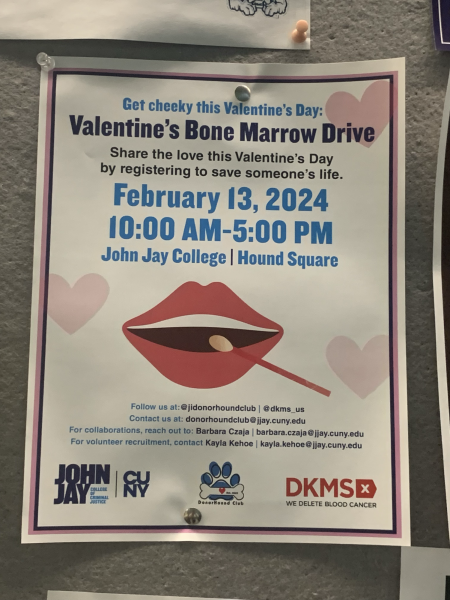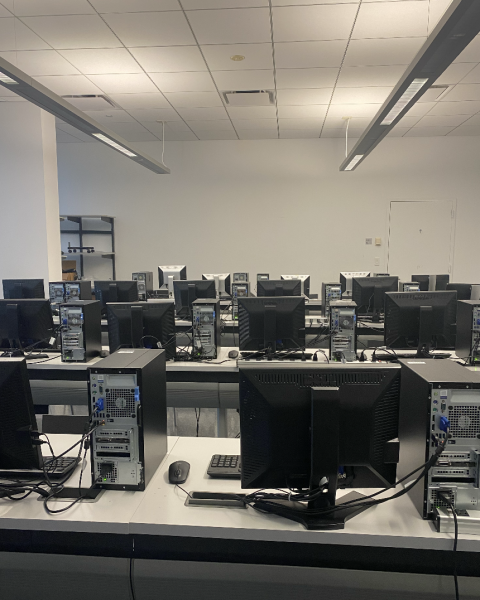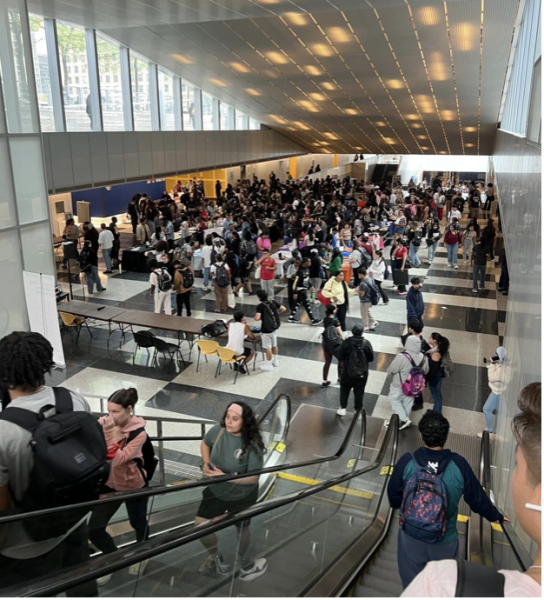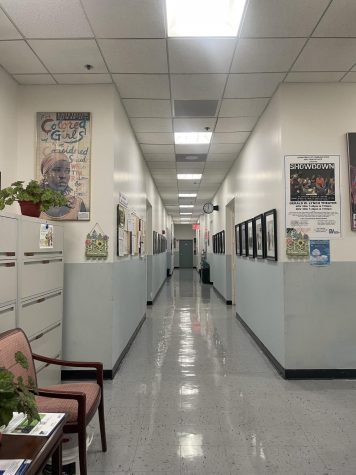Clash of the Cultures Part 2: The Past, Present, and Future of the Relationship Between Hillel and SJP
March 11, 2019
Snow white sheets were drenched with dark red paint, as students lay under them as a “die-in vigil”. Students who passed by were confused, shocked, and frightened. Signs were imprinted with “bloody” hands, leaving some students uncomfortable at the sight.
Their job was complete. John Jay’s Hound Square had just been transformed into the battleground of the Gazan land, and no one knew how to react.
There are always two sides to every story. In common cases, it’s between two friends or two family members. In rare cases, however, it could be between two prominent clubs in a college that prides itself in committing to “educating fierce advocates for justice.”
“Fierce” takes on a different definition when it comes to The Hillel Club and the John Jay Students for Justice in Palestine Club (SJP), in their fight for what each believes is right.
“It’s a hot topic on campus, I would walk by and I would catch people talking about this very ‘sexy’ topic,” said Natalie Segev, President of Hillel Club.
It’s been four years since the die-in vigil took place, leaving the two clubs in an evidently tense relationship. Even though there haven’t been any large-scale incidents in the years since the 2014 event, some students feel some type of hostility through daily and personal experiences.
“The tensions started when we became more political,” said Sammy Nijem, President of SJP. “We didn’t want to be cultural, we wanted to be straight about Palestinian human rights that are being denied by the state of Israel, and as we got more political they became more political, a cause and effect.”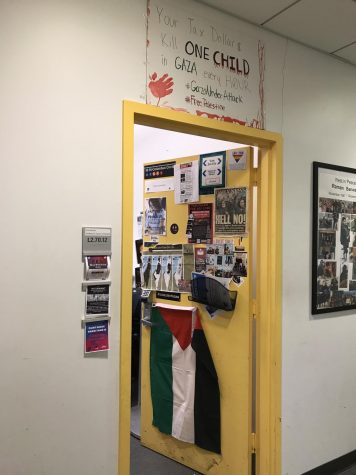
In spite of being three doors away from each other in Club Row, on floor L2 of the New Building, both clubs tend to not associate with each other on a daily basis. SJP tries to stay out of trouble, limiting their interactions with the Hillel club.
“We’ve limited ourselves to interacting with them because we don’t want any altercations between us and we don’t want people to start talking again and have another investigation startup, ” Nijem said.
The die-in-vigil was a direct response to the Israeli-Gaza conflict of 2014, that filled the skies with rockets and the land with blood. The seven-week conflict resulted in many casualties, about 67 Israeli Defense Force soldiers, 5 Israelis, and 2,300 Gazans.
“The big problem has persisted for 70+ years and has not yet been solved,” wrote Jeanne Marie Col, Associate Professor of Public Administration, in an email. “This is one big issue that does not seem to allow for compromise.”
The die-in vigil was widespread, attracting even members of Hunter College’s and CSI’s chapters of the SJP club. It was one of the most reported and controversial events that had happened on campus in recent years, a protest that will live in John Jay history.
“It was very visual when people were dying in Gaza they were wrapped in white cloth and when we had this we had people wrapped in it too with fake blood, which is apparently upsetting to most people,” Nijem said.
Student members of Hillel felt that the demonstration was hostile and was infringing on their rights as protected CUNY students in the college.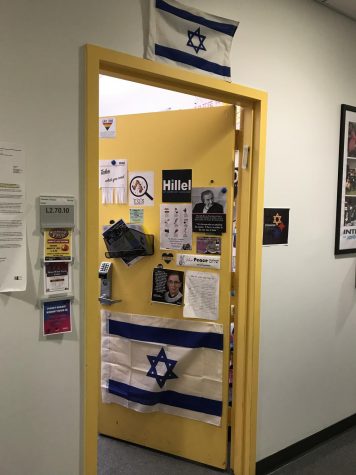
Many walked by the demonstration just trying to fully comprehend the situation. Others were even pulled aside by the Hillel president to explain to spectators what they had experienced that summer in Israel during the war.
A meeting took place after the demonstration, with members of Hillel and President Jeremy Travis to address the situation and demand action. They claimed that the event was Anti-Semitic. However, some of the Hillel members who met with Travis were not impressed by his letter addressing the demonstration.
Jeremy Travis, John Jay’s then-president, sent a letter to the John Jay community on October 21st, 2014. The letter stated that the school’s mission was, and still is, “educating for justice,” and that the Jewish students at the college had felt “intimidated and harassed on campus.”
He continued to state that the college does not “tolerate any derogatory or hateful behavior towards any individual or group in our campus community.” Travis then closed his letter stating that the students, “are not subjected to harassment or hostility.”
“We were going up there with civic engagement, and going up there protesting which is a first amendment right and when he said that people were being ‘harassed,’ that’s a stretch in a sense,” said SJP president, Nijem.
“I don’t think his letter helped, I think it was just a cover-up for the institution, to say that they did it, but on a social level, it didn’t help,” said Hillel member, Tami Eisenreich.
After the letter was sent out, a civil investigation was launched by the state of New York, investigating SJP’s demonstration for claims that they were practicing Anti-Semitism. The case was dismissed by state legislators stating it was infringing on SJP’s First Amendment rights.
“If we’re doing something respectfully why should it be a problem, you know? We’re not going out saying hate speech, we’re raising awareness,” said Karim Morsy, member of SJP.
Collaboration between Hillel and SJP doesn’t seem to be on either club’s agenda at the moment. ‘Impossible’ seems to be the answer forever having a steady bond between the two of them.
“Having a collaboration event is not going to help the Palestinian people, and our cause,” Nijem said.
“SJP stands on their values about collaborations between clubs and if you do side with the club [Hillel] or get together with the club [Hillel] in any way, shape, or form you’re dead,” Eisenreich said.
It seems as though the tense environment surrounding them in Club Row will still be there for as long as the conflict lingers in the Middle East.




